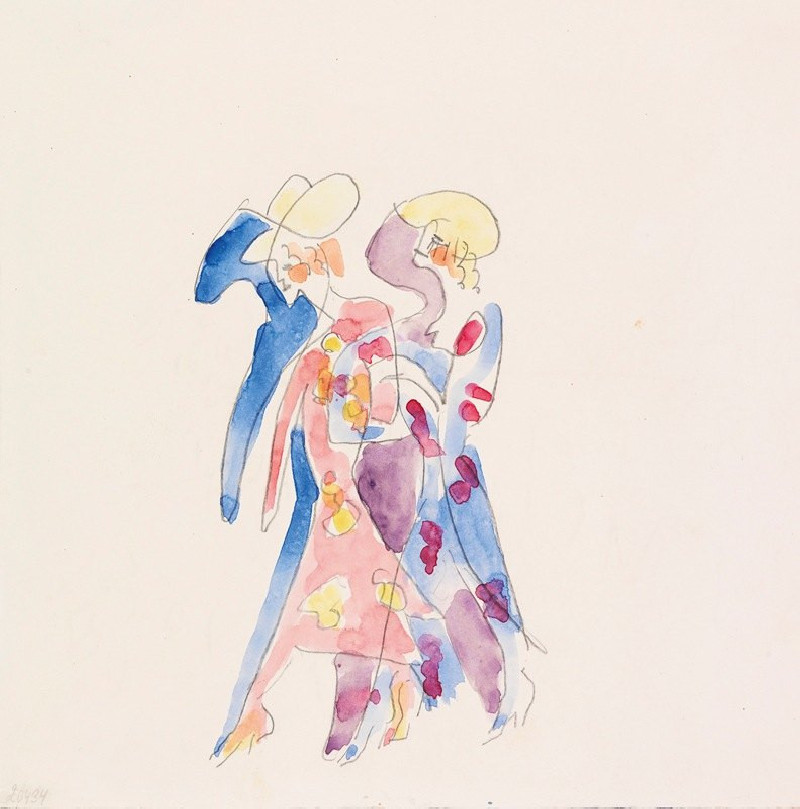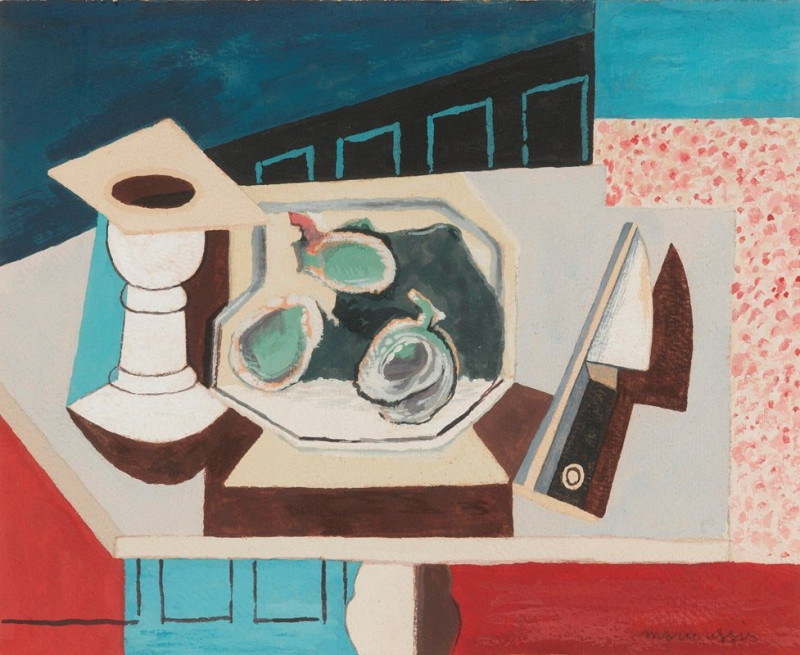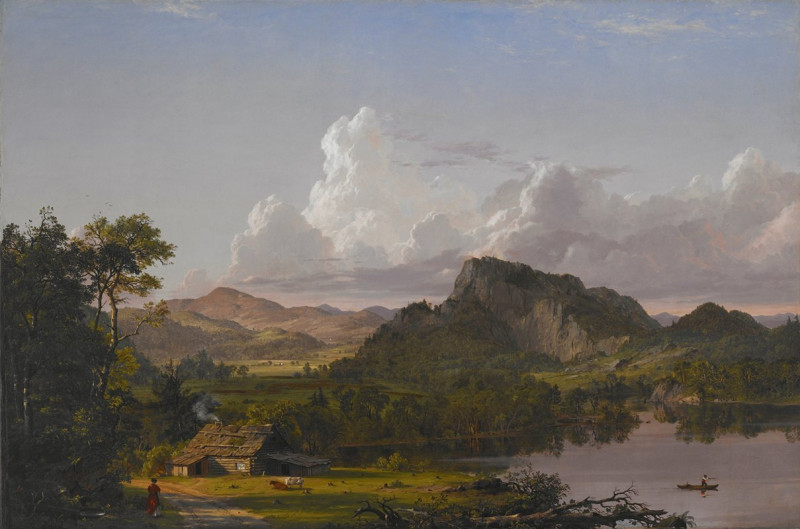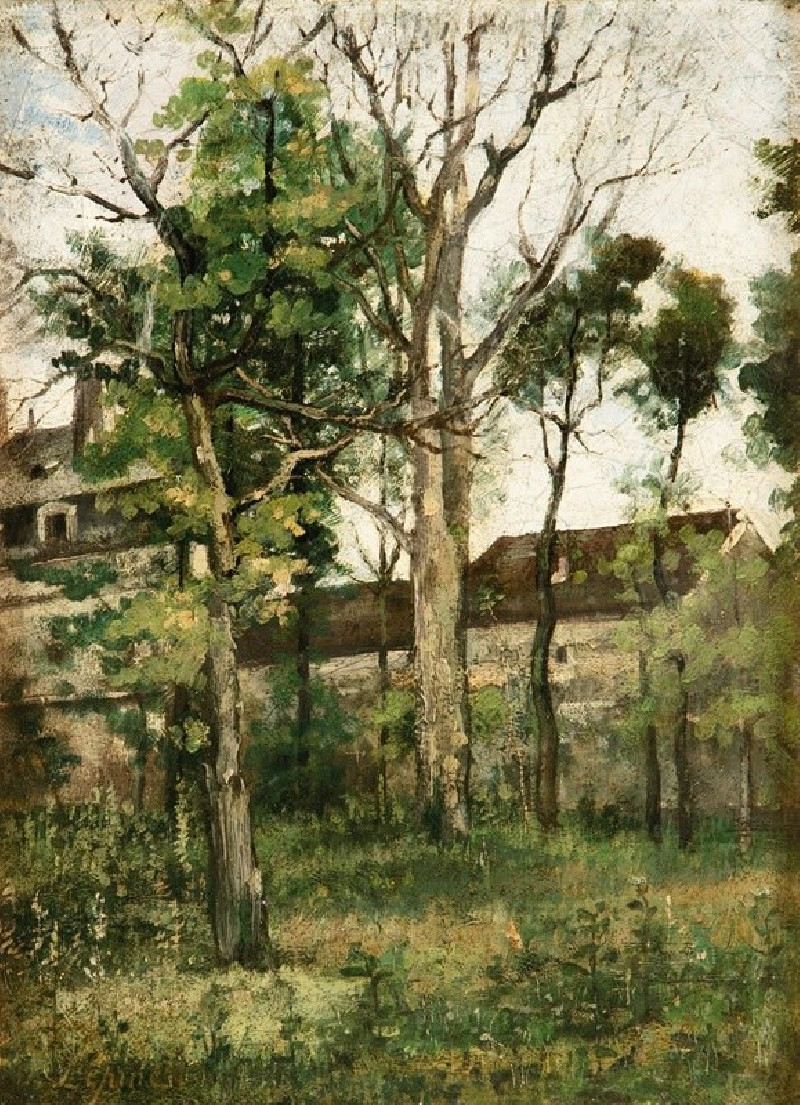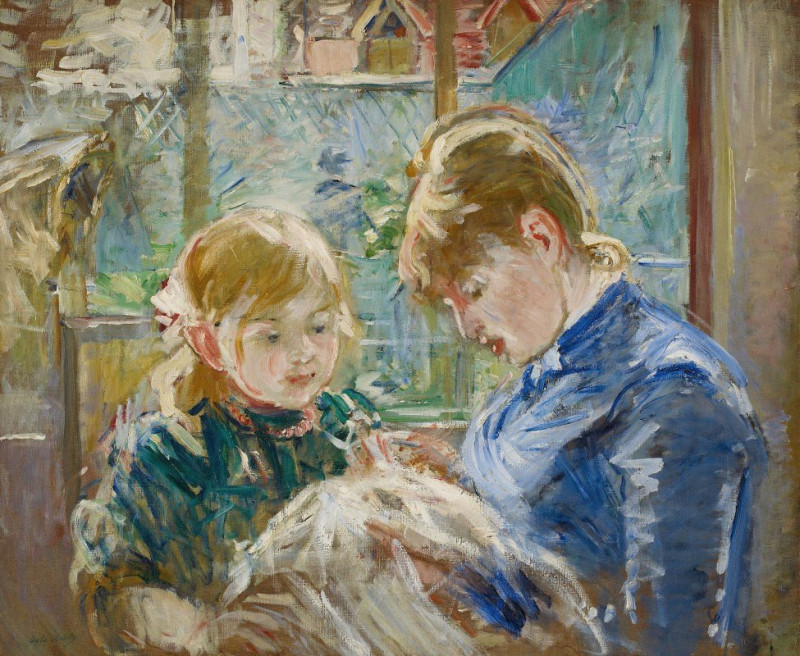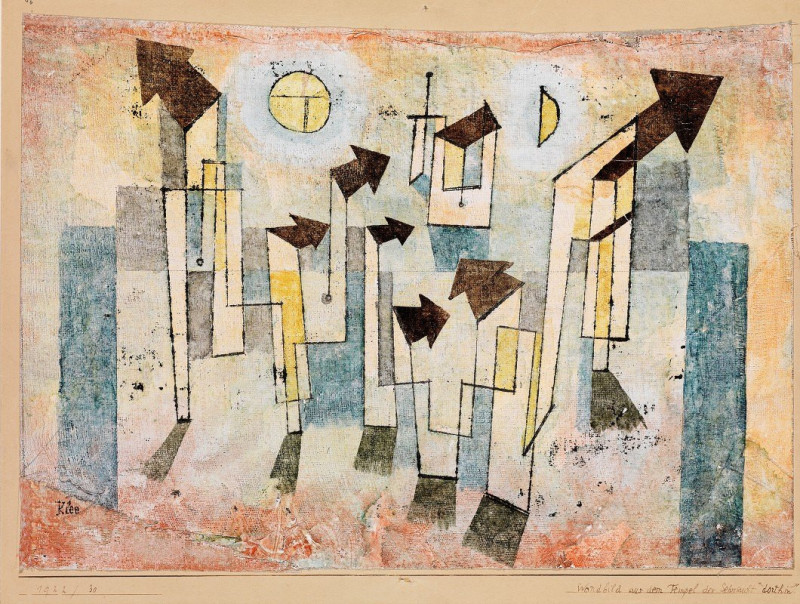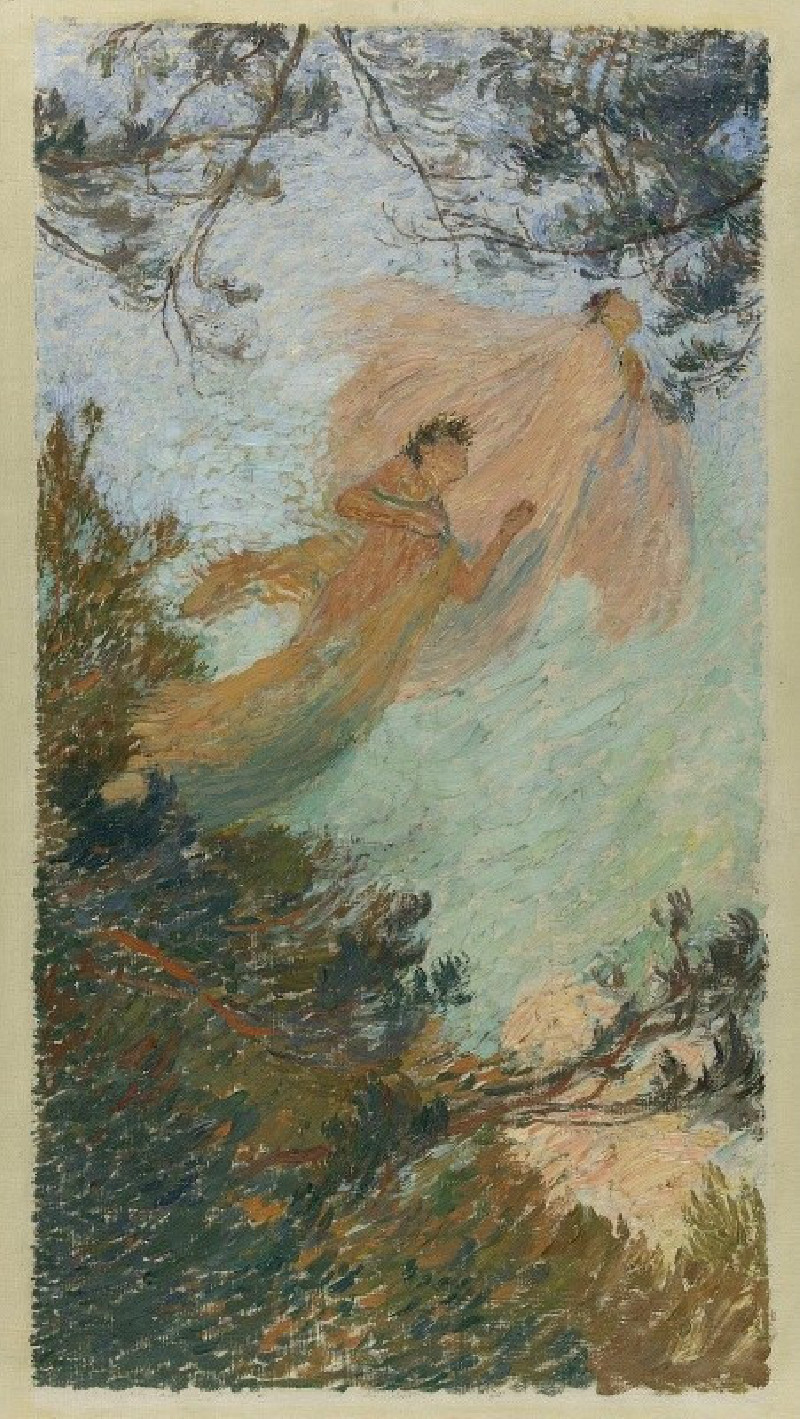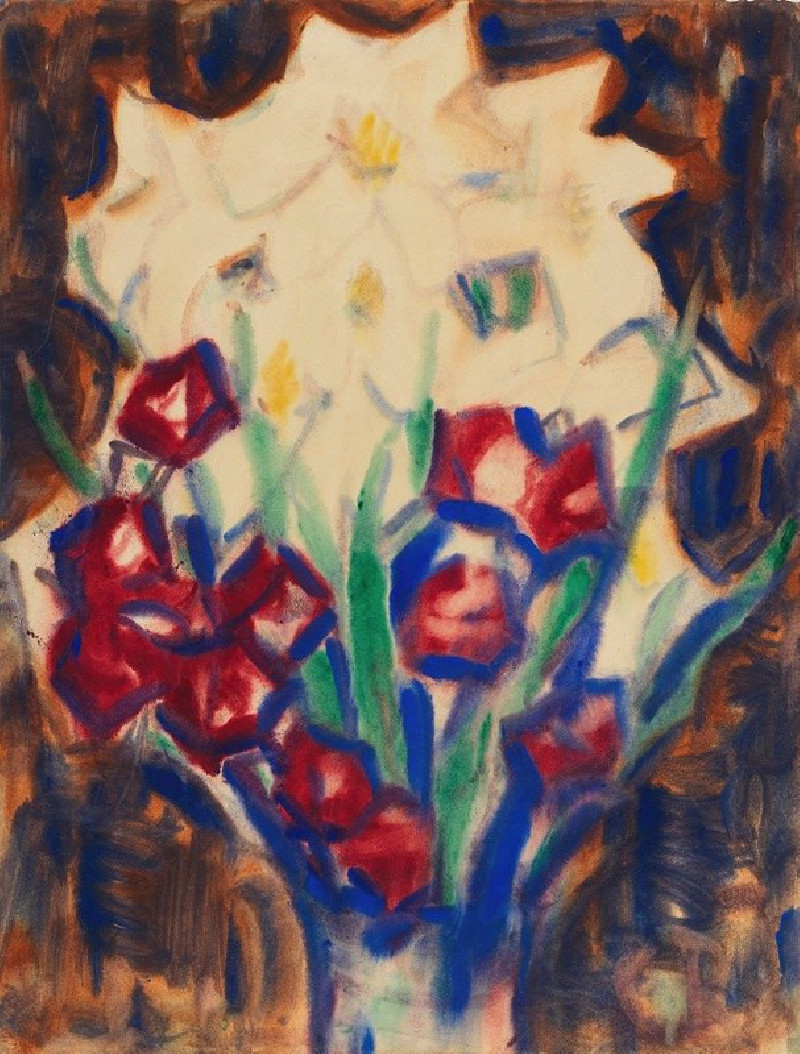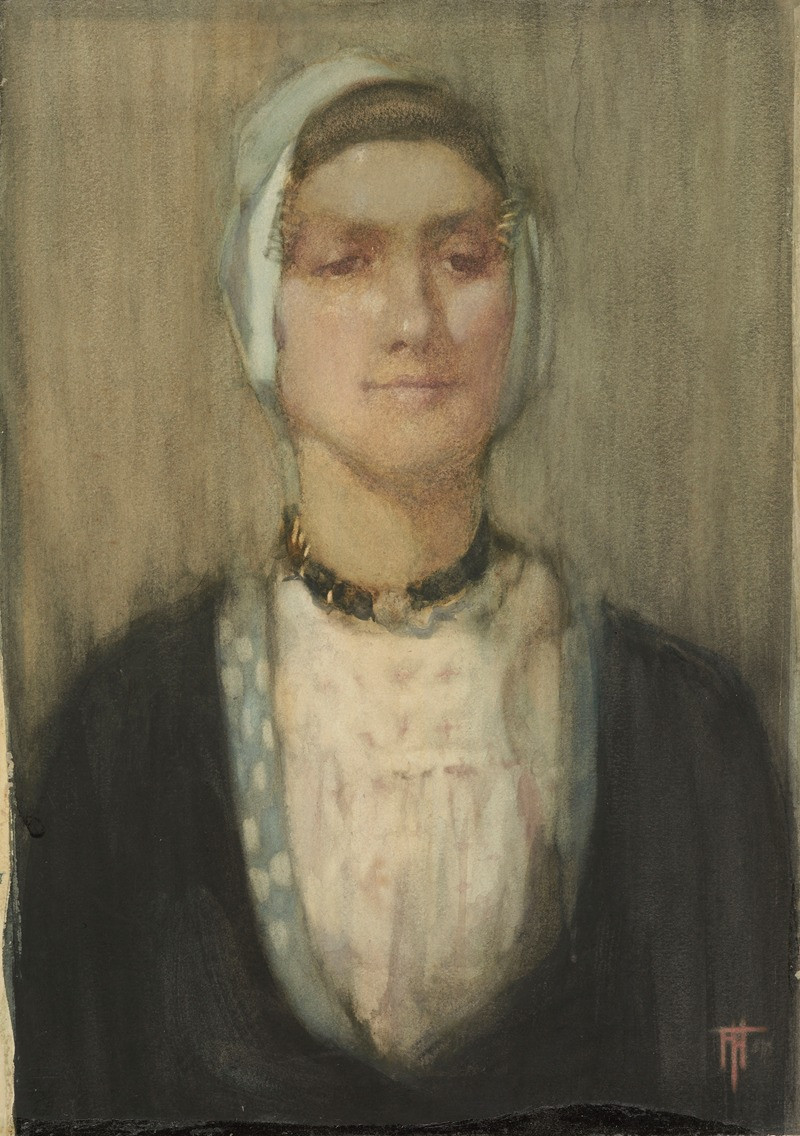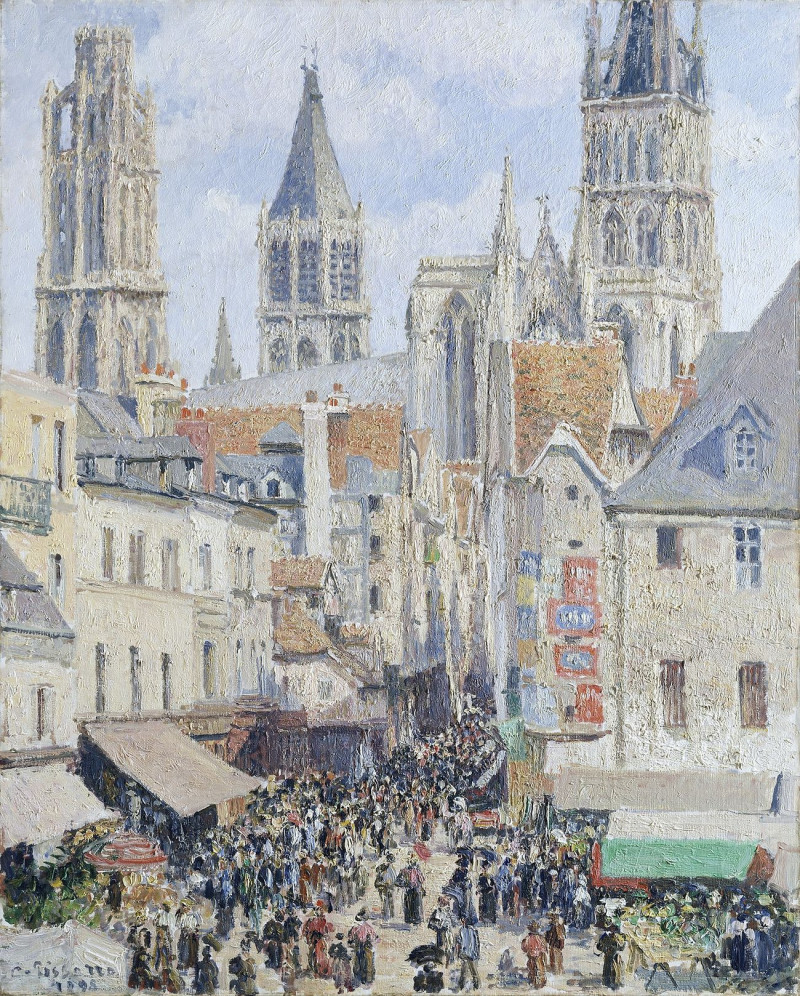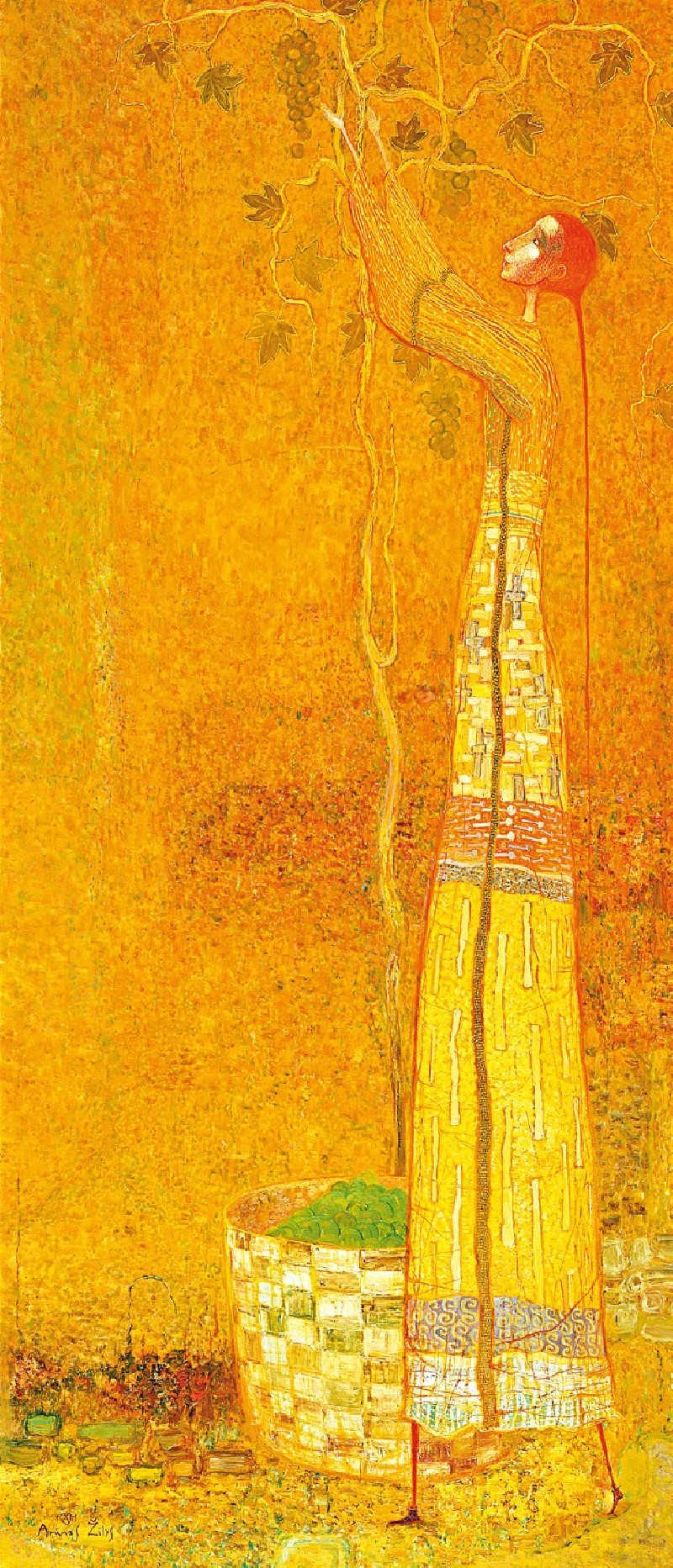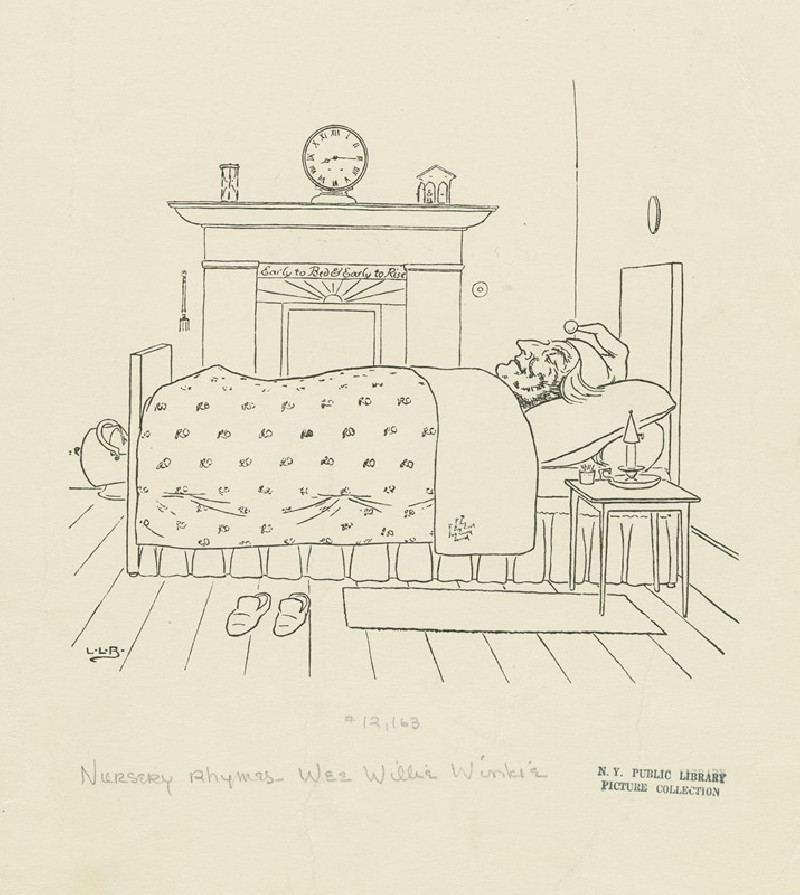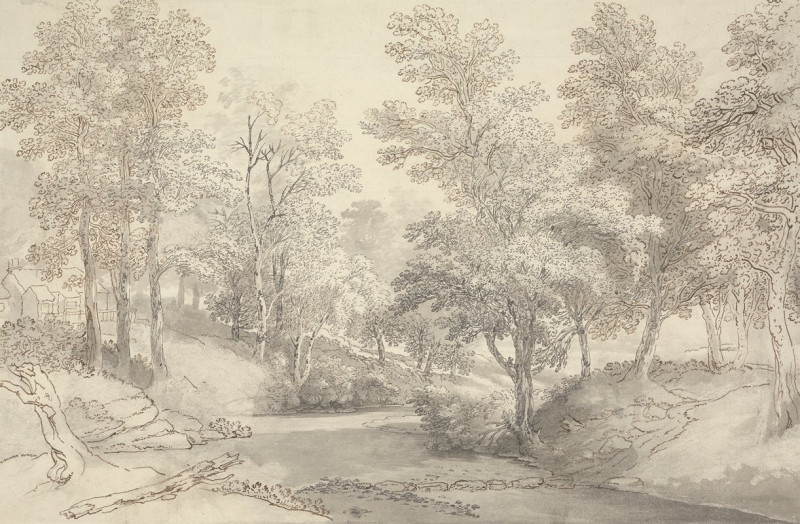Tänzerinnen (1928-30)
Technique: Giclée quality print
Recommended by our customers
More about this artwork
Ernst Ludwig Kirchner's "Tänzerinnen" (1928-30) is a vibrant watercolor painting that captures the fluidity and dynamic movement of dancers. The artwork depicts two figures, likely dancers, rendered in a loose, almost abstract style. Their forms are outlined in a soft but confident pen line, filled with washes of primary colors—blues, yellows, and reds—that seem to suggest the flowing movement of fabric and the rhythmic motion of dance.The background is minimally sketched, allowing viewers to focus solely on the interaction and movement of the dancers. The figures appear intertwined, their limbs and the sweeps of their garments merging in places, which conveys a sense of unity and harmony. Kirchner's use of color and form reflects his expressionist roots, emphasizing emotion and expression over realistic depiction.This painting, like much of Kirchner's work, illustrates the bohemian and avant-garde scene of Berlin during the early 20th century. "Tänzerinnen" not only captures the essence of dance but also embodies the spirit of an era that celebrated artistic experimentation and breaking the conventions.
Delivery
Returns
Ernst Ludwig Kirchner (1880–1938) was one of the most important German Expressionist painters. He was a co-founder of Die Brücke, a group of German expressionist artists formed in Dresden in 1905. Die Brücke and Kirchner took inspiration from Vincent Van Gogh and Edvard Munch, as well as African and Oceanic art. They used woodblock printing as a medium to showcase their signature style: flat, unrealistic images with vivid colors. The recurring themes in Kirchner's artworks included exotic cultures, faraway landscapes, self-portraits, dancers and Berlin street life. His paintings and prints effectively portrayed non-European cultures despite the fact that he never traveled outside of Europe.

